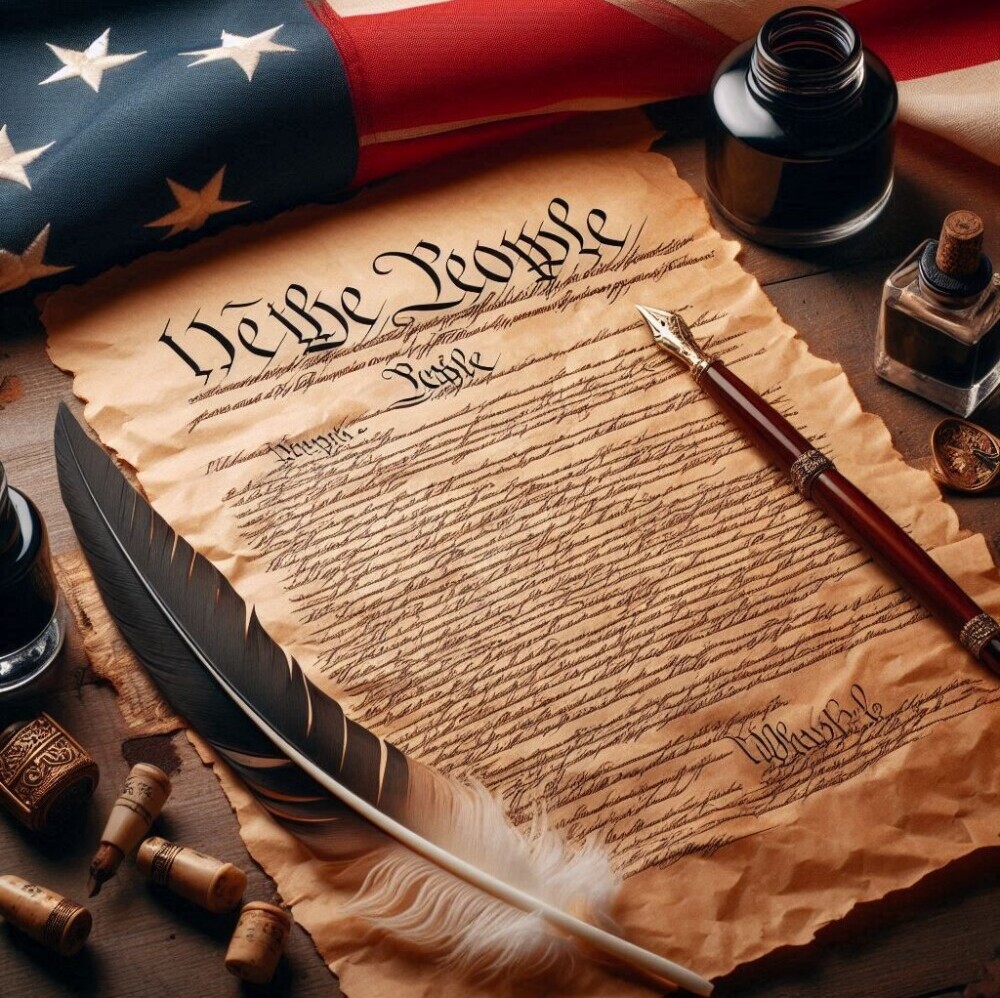 The Bill of Rights takes you back to the very roots of American freedom, forming the first ten amendments to the United States Constitution. It was born out of fierce debates and the need for a promise to protect individual freedoms, even as the nation sought to unify under a stronger federal government. Understanding the origin of these amendments offers insights into the founding fathers’ intentions and the core principles of governance.
The Bill of Rights takes you back to the very roots of American freedom, forming the first ten amendments to the United States Constitution. It was born out of fierce debates and the need for a promise to protect individual freedoms, even as the nation sought to unify under a stronger federal government. Understanding the origin of these amendments offers insights into the founding fathers’ intentions and the core principles of governance.
The Bill of Rights were crafted to limit government power and safeguard personal liberties, a balancing act crucial to the U.S. democracy. Each amendment touches on different aspects—from free speech to the right to bear arms—which together weave a safety net for personal freedoms against governmental overreach.
Interpreting these rights hasn’t been static; it’s a dance of adjustments reflecting societal changes and judicial outlooks. The U.S. Supreme Court plays a pivotal role in this evolution, interpreting these amendments as society progresses. Court rulings can shift the boundary lines of these rights, keeping the Constitution a living document.
Key Provisions of the Bill of Rights: Rights that Shape Everyday American Life
The First Amendment is a superstar in the Bill of Rights, often the focus when we talk about freedom. It covers speech, religion, and assembly with broad strokes, giving people the power to express themselves and gather for common causes. But what does this freedom really mean? It’s about navigating the balance between protecting free expression and maintaining public order.
When personal privacy comes into play, the Fourth Amendment stands firm. This amendment shields people from unreasonable searches and seizures, a principle more relevant than ever in today’s digital world. It ensures individuals have a right to privacy, which often gets tested with the evolving nature of technology and government surveillance.
The Sixth Amendment is your best friend if you’re in legal trouble, guaranteeing a speedy and public trial. It encompasses rights like facing your accusers, obtaining witnesses, and having a lawyer—essential elements that work together to ensure fairness in the justice system. This provision is crucial for maintaining trust in legal proceedings and the broader judicial system.
Modern Challenges and the Bill of Rights: Adapting to a Changing World
In today’s world, technology is everywhere, impacting every part of our lives, including our constitutional rights. The Bill of Rights didn’t exactly have smartphones or social media in mind, so courts and lawmakers continuously puzzle over how these freedoms apply online. This becomes a tightrope walk between protecting free speech and preventing harm, while also keeping privacy intact against tracking and data collection.
National security concerns bring another layer of complexity. Balancing safety and freedom can feel like a tug-of-war, especially when security measures bump up against personal liberties. History shows us how global events shape the interpretation of these freedoms, reminding us of the need for vigilance in both protecting and responsibly wielding these rights.
Public education and awareness are key in ensuring that people understand their rights. Many know the Bill of Rights exists but may not grasp its full scope. Spreading this knowledge helps empower individuals to engage constructively in civic life, challenging potential encroachments on freedoms and strengthening democracy.